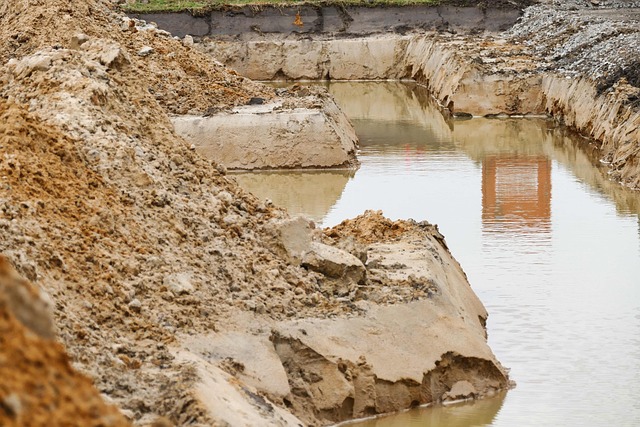Groundwater Modeling

Our environment, however, has the same challenges found in most developed areas. Contaminants from pollutants can come from the surface or subsurface. Surface contaminants may originate from agricultural land uses. Subsurface contaminants may come from chemicals stored or accidentally released into the ground. Back in the day, a common piece of advice would be to avoid a particular gas station that had “water in the tanks”. Thanks to EPA regulations you don’t hear this anymore. Unfortunately, if water was getting into the tanks, gasoline was getting out, polluting the environment.
I’ve spent a lot of time looking at older gas stations and other sources of chemicals, in many different geological settings. While some simple math can tell you which direction groundwater may be flowing, more complicated cleanups require more sophisticated tools. For water providers it’s important to know your geologic setting and where your water comes from. You may need to developed a well-head protection area, and have a reasonable idea of how long it takes water to get into your water supply. As a user or producer of chemicals, you may need to figure out where groundwater at your facility is going, and how quickly it may get there.
It’s one thing to know that water isn’t flowing uphill. Figuring out where it does flow is a much greater challenge.
